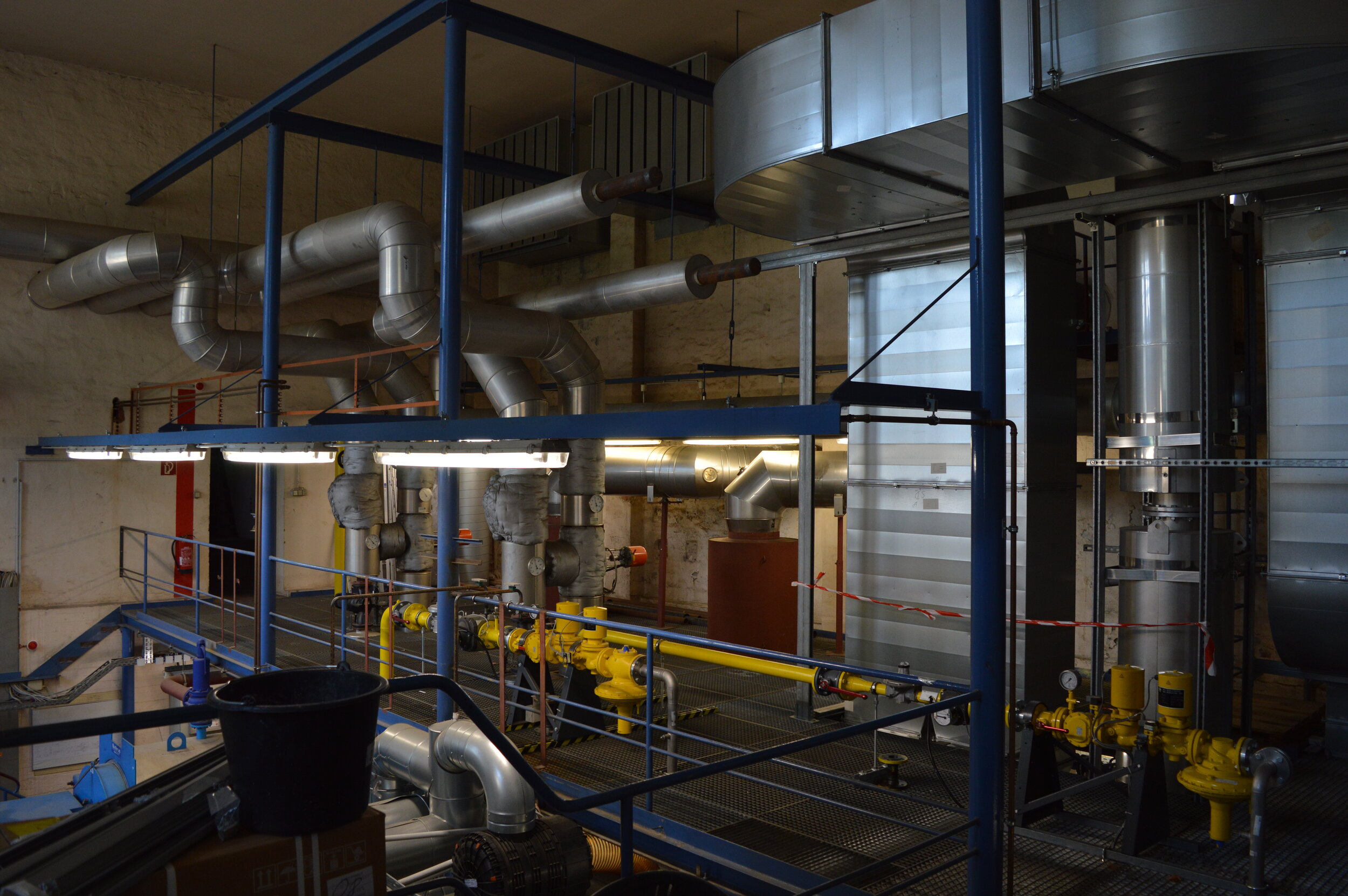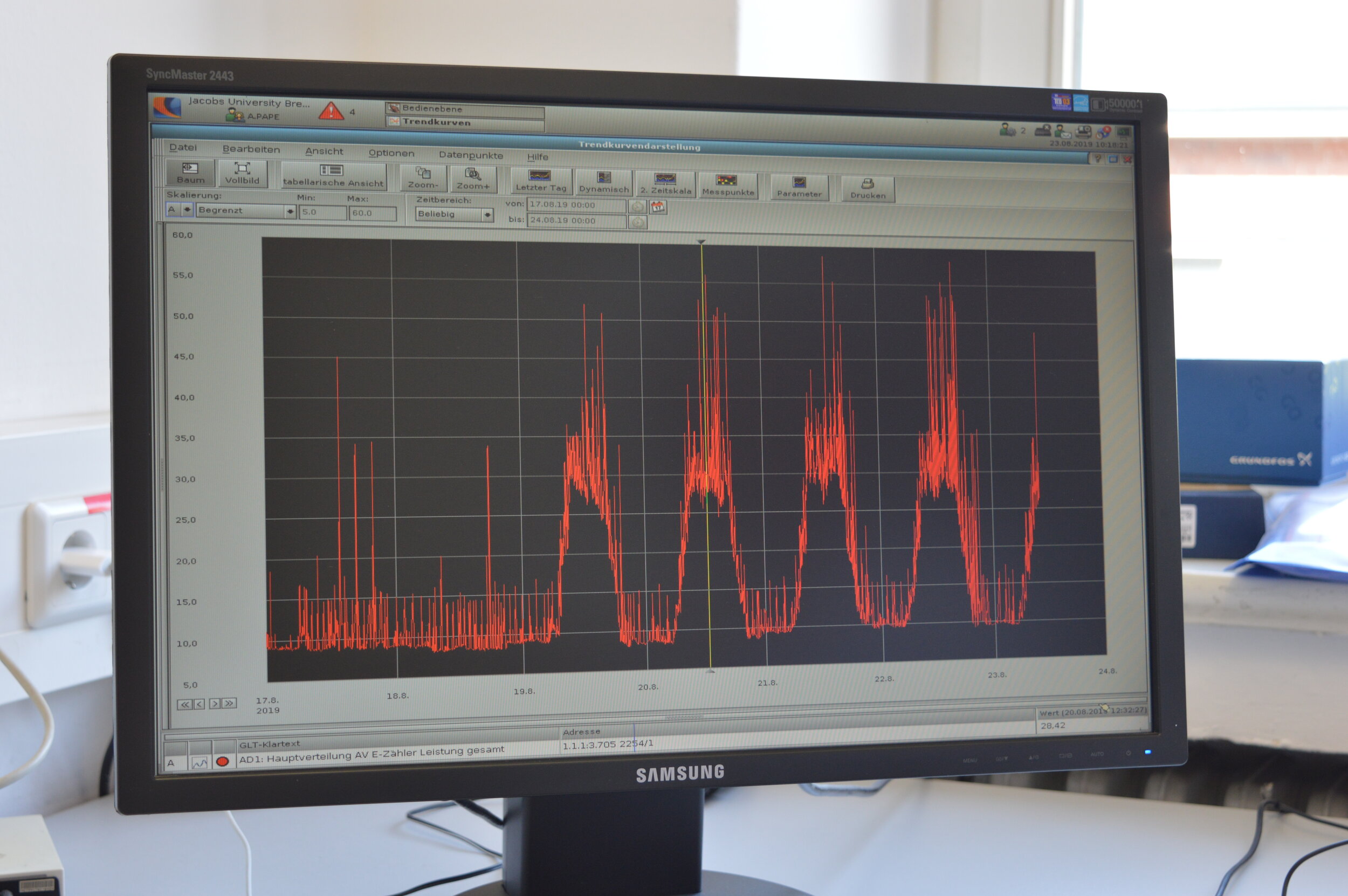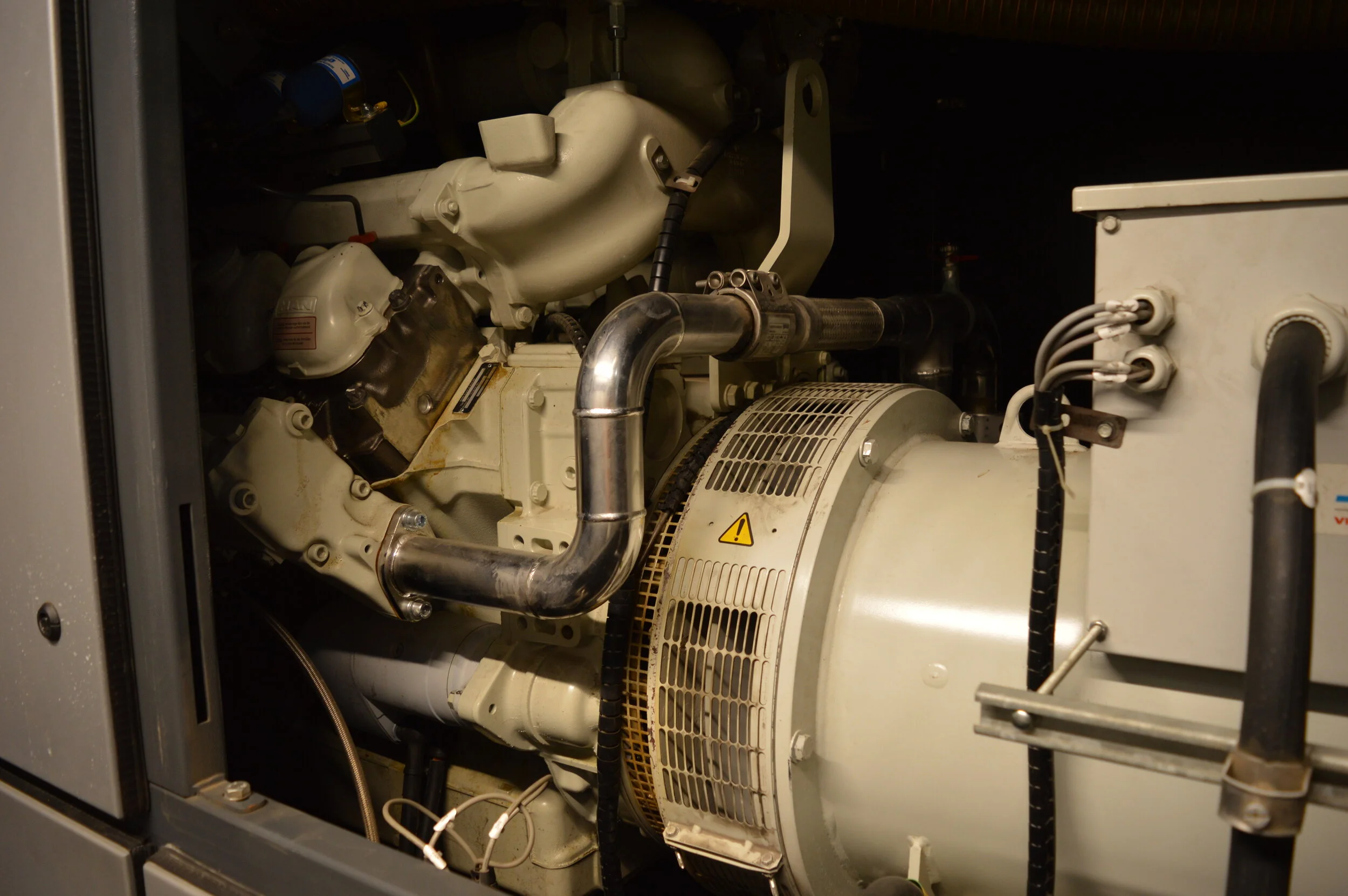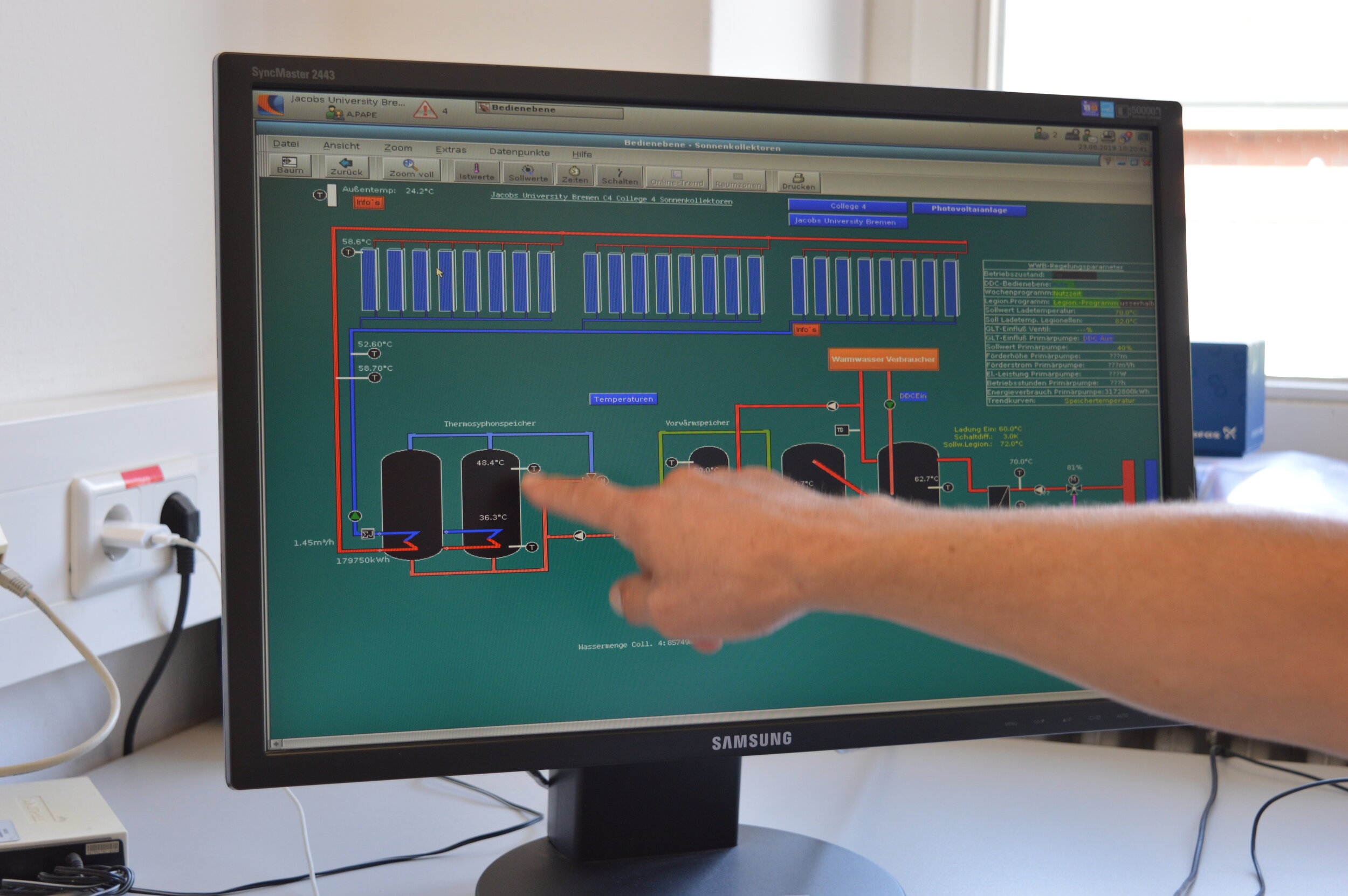Brought to you by Jacobs University’s Environmental Club
“No more coal, no more oil. Leave the carbon in the soil!” - if you have attended a ‘Fridays For Future’ demonstration recently, this is one of the slogans you might have come across. Banning fossil fuels is discussed worldwide as one of the most effective ways to combat climate change since burning fossil fuels releases carbon dioxide, one of the major greenhouse gases. Worldwide, 85% of the generated energy comes from fossil fuels such as gas, oil, and coal (BP, Statistical Review of World Energy 2018). Even in Germany, often praised as a pioneer of sustainability, about half of the energy is generated by burning fossil fuels (Umweltbundesamt, 2016).
But instead of falling into a state of anxious by-standing, let’s see what we can do by examining the contribution of fossil fuel usage to climate change and how we can improve our energy consumption at Jacobs.
*If you only want to read about energy consumption at Jacobs, skip to part 2.
Fossil Fuels and the Carbon Footprint
Most of our daily activities depend on electricity, whether it’s quickly checking something on Google, taking a nice warm shower, or making coffee. And of course, this energy does not magically appear in our socket, it needs to be generated somewhere, somehow. As mentioned earlier, the majority of energy comes from fossil fuels. These include coal, oil, and natural gas.
Fossil fuels are basically nothing else than the remains of organisms that lived millions of years ago. When plant material decays it forms peat. Over time, the pressure on the peat increases and you get brown coal and even later black coal. Similarly, dead marine microbes sink to the bottom of the sea where they form an anaerobic sediment layer referred to as digested sludge (wonderful word, right?). Again, the pressure, and therefore also the temperature, increases over time leading to the formation of oil and natural gas. Since organic material is made from hydrocarbons, fossil fuels are very carbon-rich and high in energy. So where is the problem?
Apart from the limited availability and the often-detrimental resource extraction, the main issue arises when fossil fuels are burned to generate energy for electricity and heat. This process releases carbon dioxide (CO2) and other greenhouse gases (GHG). As a result, the energy sector accounts for 84.5% or 766,000,000 t of all annual GHG emissions in Germany (Umweltbundesamt, 2017).
Estimating the influence of electricity and heating on an individual’s carbon footprint is a little fiddlier since we have very diverse lifestyles. For the average person living in Germany, energy accounts for around 21.8% or 2.54 t of the GHG emissions (NDR, 2019). But what about the average Jacobs student?
Energy Generation at Jacobs
“Imagine a special place in Germany”, is probably a phrase you are familiar with when talking about Jacobs. And yes, we are very special in many aspects including energy consumption and generation. On only 34 hectares we have 1,466 students (most of them living on campus), laboratories, sport facilities, a library, and whatnot. The espresso machine in the coffee bar is working constantly, while the incubators are keeping a cozy 30 °C atmosphere for the cells and three people are taking hot showers back in their rooms. Where does all this energy come from and how does it get to our rooms?
You are lucky because I asked myself the same questions and went down the rabbit hole to find all the answers. In this case, the rabbit hole was the brick building next to the volleyball pitch. Most of us pass it on a daily basis but only a few chosen individuals (including you now) know what lies within it. I met with Andreas Pape whose official job description is ‘Head of Infrastructure & Facility Management’ or in other words: He is the one who has the answers. He knows when people in RLH work, which college is the coolest (literally), and how much carbon is emitted by the Jacobs community.

Inside the rabbit hole: this is what the building looks like from the inside. Lots of buttons, lots of pipes, and lots of noise.

You can’t manage what you don’t measure. Pape’s team is constantly observing energy production and consumption at Jacobs. They even have a smartphone app that shows the live data for the cogeneration units.
Jacobs produces most of the energy that it requires on campus using two cogeneration units. These machines convert natural gas into electricity and utilise the heat that is generated as a by-product thereby increasing the efficiency. Energy loss is further minimised by the fact that the electricity and the heat do not travel long distances to reach our rooms. In the colder months, the heating system is supported by two additional boilers running on natural gas making our campus self-sufficient in that aspect. When it comes to electricity, we haven’t reached that level of self-sufficiency. In 2018, still 43% of electricity came from an external supplier. Nordmetall is the only college which also has solar collectors.

Cogeneration unit uncovered: thanks to this thing you don’t have to freeze under the shower.
Energy management is a crucial part of sustainable energy usage. And of course, you can’t manage what you don’t measure. Every kilowatt that is produced and every litre of diesel that is required for university cars is recorded and summarised in massive Excel files. So, let’s talk numbers, shall we? The total amount of energy (electricity, heating, warm water) used on campus in 2018 was 16,277,682 kWh. The resources required to generate this energy cost over a million euros and caused an equivalent of 5,436 t of CO2 emissions. Just to give you a little perspective, you would have to drive 41,815,384.6 km or 1,043.4 times around the equator with a new car to reach this number. In terms of electricity, the laboratories are the biggest contributors. This makes sense considering that certain machines need to run constantly and ventilation systems need to work 24/7 to guarantee the safety of the researchers. The second biggest contributor is the IRC, followed by the colleges. In terms of heat and warm water, College 3 consumes the most energy and Krupp the least of all the colleges (probably because they are on fire, ey?).

What goes on in RLH? Here you can see the weekly energy consumption of the building (starting with a Saturday).
Some buildings use the so called ‘en:key’ system which detect via sensors whether a room is used or not and adjust the heating accordingly.
Although it’s not only us students who are responsible for the massive energy requirement of the university, we surely contribute a huge part of it. How can Jacobs students improve energy efficiency on campus and in their daily lives?
“I’m gonna make a change” (said 7.6 billion people)
The “said 7.6 billion people” argument is often used in a negative context for “It’s just one straw” but it also works the other way around. If a lot of people change their behaviour by a little bit, that has a tremendous impact. In terms of energy utilisation you can alter the what, when and how.
‘What’ refers to the energy source i.e. fossil fuels or renewable alternatives. ‘Green energy’ includes solar energy, wind power, and geothermal heat amongst others. How ‘green’ they actually are depends on the location, how efficiently they cache energy and how they affect the ecosystem. It’s certainly not a ‘one size fits all’ situation. As an undergraduate Jacobs student, you can’t choose your energy provider but you can support anti-fossil fuel movements which aim at changing national and transnational policies (check the end of the article for more information).
‘When’ means that you can just not use energy (sounds unbelievable but it’s true). Turn off the heater while you are sleeping or put it on a lower setting. You kill two birds with one stone, since a lower room temperature (around 16 °C) has been shown to increase sleep quality. Turn off the light and the heating when you are not in your room. And although watching cat videos for hours certainly has a therapeutic effect, try switching to reading a book from the library or doing something with your friends. Maybe you only need to charge your phone every second day then. To illustrate the impact of this little action, if every undergraduate student at Jacobs would charge their phone only every second day, we would save 1,244 kWh per year which is roughly the annual energy requirement per capita in the Dominican Republic. Of course this calculation depends on a lot of estimates (see my wonderful math below) but you get the general idea. And this is only for phones which have a very low energy consumption compared to other devices.
Last but not least, the ‘how’ indicates how efficient your devices are and how efficiently you use energy. Electronic devices are ranked in energy efficiency classes going up to A+++ making it really easy to make an educated choice when you need to buy a new product. And did you know that the arrangement of groceries in a fridge influences its energy consumption?
There are so many ways to improve energy efficiency. Some may be less obvious than others, but that does not make them less meaningful. I hope this post protected you from anxious by-standing and gave you some ideas on how you can help make our university and our planet a better place - for you, for me, and for the next generations of potential Jacobs students.
Further Reading
Campaigns
https://www.campact.de/kohleaus/
Calculation
assuming values for an iPhone 5 with 0.005 kWh battery capacity and 70% charging efficiency, 365 days a year (I am aware that we do not stay on campus the whole year, but we are Jacobs students during summer as well), currently 867 undergraduate students, per capita energy consumption in the Dominican Republic: 1,234 kWh (2017)
Difference = (100*(0.005/70)*365*867)-((100*(0.005/70)*365*867)/2)
By Chantal Bohn (Germany) | Class of 2020
